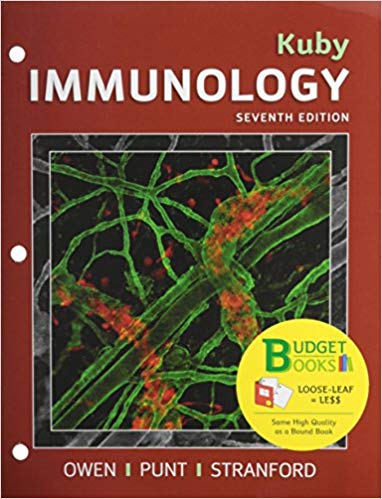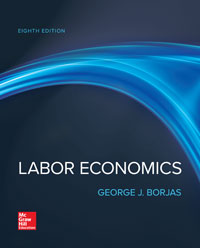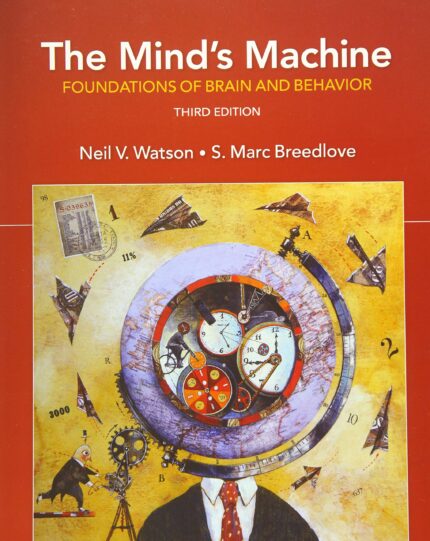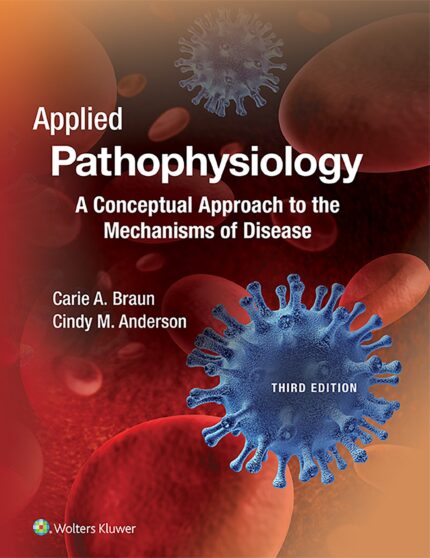Kuby Immunology 7th Edition By Judith A. Owen – Test Bank
Chapter 3 Receptors and Signaling: B and T-Cell Receptors
- Which of the following types of bonds would be LEAST likely in a receptor-ligand interaction?
- Ionic bond
- Covalent bond
- Hydrogen bond
- Hydrophobic interaction
- Ionic bond
Answer: B
Section: Receptor-Ligand Interactions
Difficulty: 2
Hint: Most receptor-ligand interactions can be disrupted with high salt concentrations.
- Ka, the association constant, is a measure of which of the following?
- The concentration of unbound ligands
- The concentration of unbound receptor
- The affinity of receptors for ligand
- The size of the receptor relative to the ligand
- The number of ligands for each receptor
Answer: C
Section: Receptor-Ligand Interactions
Difficulty: 2
Hint: It is the ratio of the association rate constant over the dissociation rate constant.
- Receptors that are multivalent tend to bind to their ligands more strongly than receptors with a single binding site. What is the term used to describe this phenomenon?
-
- Avidity
- Valency
- Affinity
- Magnetism
- None of the above
Answer: A
Section: Receptor-Ligand Interactions
Difficulty: 2
Hint: Affinity is factored into the calculation for avidity.
- Which of the following BEST describes how cytokines are released from activated T cells?
- Cytokines are released near where T-cell receptors are clustered.
- T cells release cytokines on the side of the cell opposite the MTOC in order to more efficiently distribute the response around the cell.
- T cells release cytokines evenly around the cell.
- Cytokines are released in short bursts from pre-formed vesicles full of cytokines.
- Cytokines are released in whatever direction the MTOC happens to be facing upon TCR ligation.
Answer: A
Section: Receptor-Ligand Interactions
Difficulty: 1
Hint: The MTOC orients the secretory apparatus toward the T-cell receptors.
- Receptors that dimerize upon ligand binding often contain______________in their cytoplasmic domains.
- tyrosine kinases
- hydrophobic regions
- proteases
- metal-binding regions
- large immunoglobulin folds
Answer: A
Section: Common Strategies Used in Many Signaling Pathways
Difficulty: 1
Hint: Signaling often initiates with the addition of a phosphate.














Reviews
There are no reviews yet.